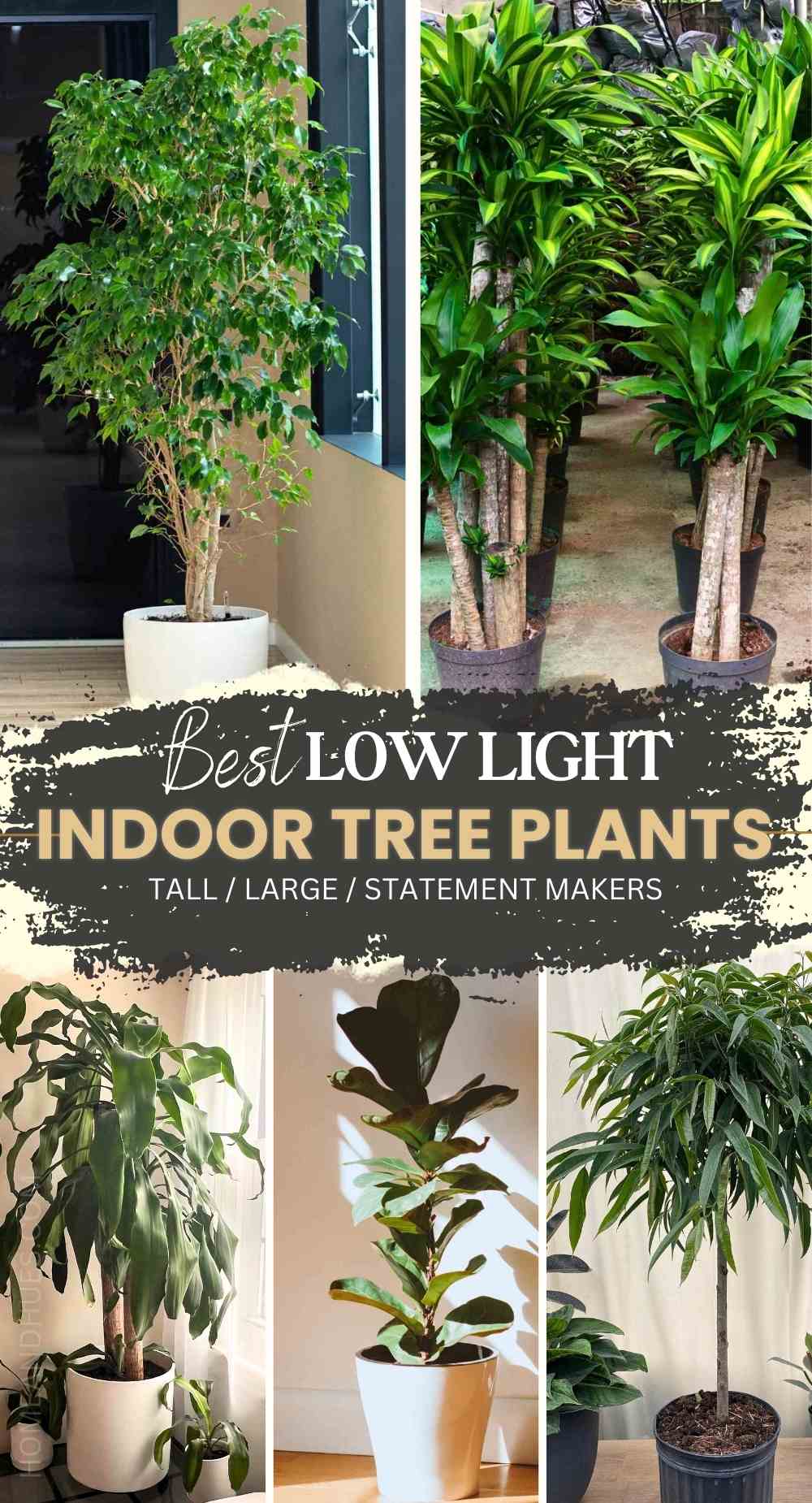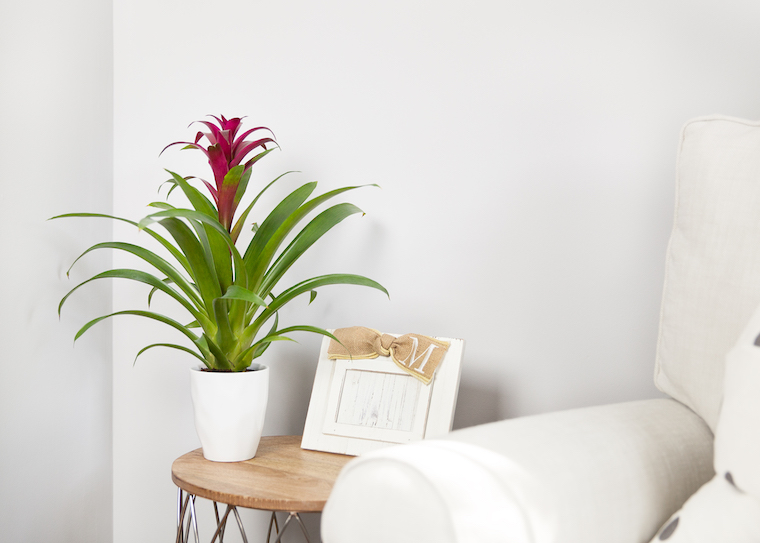The Best Low-Light Indoor Plants to Improve Your Home’s Air Quality
The Best Low-Light Indoor Plants to Improve Your Home’s Air Quality
Blog Article
Discover the very best Low-Light Indoor Plants for Enhancing Your Home Décor
Incorporating low-light interior plants right into your home decor can dramatically enhance both aesthetic appeals and ambience, especially precede that do not have bountiful natural light. Ranges such as the Serpent Plant and ZZ Plant not just bring life to dim corners yet also add to enhanced air top quality and overall well-being. Comprehending the one-of-a-kind characteristics and care requirements of these plants can result in a much more unified living setting. As we explore the top selections and their innovative applications, one might question how these selections can transform your space into a prospering refuge.

Why Pick Low-Light Plants
Why go with low-light plants in your indoor spaces? The modern-day living atmosphere often provides challenges such as restricted natural light, making it hard for traditional houseplants to thrive. Low-light plants are especially adjusted to grow and endure in these problems, supplying a practical service for people seeking to improve their indoor spaces without the included stress of keeping more light-demanding plants.
Along with their durability, low-light plants add significantly to the visual appeals of an area. Their varied variety of dimensions, forms, and colors enables distinct indoor layout opportunities, producing welcoming and dynamic ambiences. Indoor plants are recognized for their air-purifying top qualities, boosting interior air top quality by filtering system contaminants and launching oxygen, which can enhance overall well-being.
Low-light plants also call for marginal upkeep, making them specifically interesting hectic people or those brand-new to horticulture. Their flexibility permits placement in numerous settings, from workplace to dimly lit edges of the home. By picking low-light plants, you can appreciate the advantages of greenery without the restraints that often accompany traditional horticulture, inevitably cultivating a much healthier and a lot more aesthetically attractive indoor atmosphere.
Leading Low-Light Indoor Plants
For those looking for to improve their indoor rooms with plant that flourishes in low-light problems, a number of plant options stand out for their strength and aesthetic allure. The Serpent Plant (Sansevieria trifasciata) is a popular selection, understood for its upright, sword-like leaves and capacity to tolerate neglect. This durable plant can survive in poorly lit areas while boosting indoor air quality.
Another superb alternative is the Pothos (Epipremnum aureum), defined by its heart-shaped fallen leaves and routing vines. When positioned on shelves or hanging baskets., Pothos is not only versatile to low light however additionally uses a striking aesthetic contrast.
The ZZ Plant (Zamioculcas zamiifolia) is just as outstanding, flaunting glossy, dark environment-friendly leaves that can brighten up any type of edge. Its drought resistance makes it suitable for busy home owners.
Treatment Tips for Low-Light Plants
How can you guarantee that your low-light interior plants grow despite limited sunlight? Choose the proper potting mix that gives good drainage while keeping dampness. A well-aerated soil, such as a blend of potting soil and perlite, can help avoid origin rot.
Watering is essential; low-light plants normally call for much less constant watering contrasted to their sun-loving counterparts. Always check the top inch of the soil-- if it feels dry, it's time to water. Beware of overwatering, as this can bring about fungal issues and origin degeneration.
Feeding low-light plants need to be done moderately - Best low-light indoor plants. Make use of a well balanced, water-soluble fertilizer during the expanding season, but get rid of or minimize fertilizing in the inactive months
Furthermore, dirt can accumulate on leaves, preventing photosynthesis. Delicately wipe the leaves with a damp cloth to maintain them tidy.
Last but not least, observe your plants very closely. Indications of distress, such as yellowing fallen leaves or leggy growth, can indicate that your plant requires modifications in treatment (Best low-light indoor plants). By adhering to these treatment suggestions, your low-light interior plants can grow, adding beauty and vigor to your home
Creative Ways to Display Plants
Boosting the aesthetic allure of your interior space can be attained by thoughtfully showing your low-light plants in innovative ways. Take into consideration making use of upright space to your benefit; wall-mounted shelves can showcase trailing plants like pothos or philodendron, adding lushness while conserving floor room. Make use of plant stands of differing heights to develop visual rate of interest and deepness, attracting the eye upward.
Hanging planters are an additional superb choice, providing a significant result when suspended from the ceiling or this hooks. Macramé wall mounts can introduce structure and bohemian style, while modern-day ceramic wall mounts can fit a minimal aesthetic. For a much more read this article ingenious strategy, repurpose one-of-a-kind containers such as classic teacups or glass containers, which can add character to your screen.
Organizing plants in collections is also efficient; usage differing pot dimensions and colors to produce a natural look. This approach not just boosts visual impact but also gives a natural habitat feeling - Best low-light indoor plants. Finally, consider positioning plants near light resources like home windows or lights to optimize their growth and display their vibrant foliage, thus boosting the total ambiance of your indoor setting.
Advantages of Indoor Plant
Numerous research studies have actually shown that incorporating interior plant into your space uses a plethora of benefits, enhancing both mental and physical wellness. One of the most significant advantages of indoor plants is their ability to boost air top quality. Plants absorb co2 and launch oxygen, creating a healthier ambience while additionally straining damaging toxic substances, therefore promoting respiratory health.
Moreover, the visibility of plant has been linked to reduced stress and anxiety degrees. Research study indicates that interacting with plants can decrease cortisol degrees, which are connected with tension. This calming result can cause enhanced mood and raised performance, making indoor plants a suitable addition to workspaces.
Additionally, interior greenery can boost cognitive feature. Studies recommend that atmospheres enriched with plants can bring about enhanced emphasis, imagination, and overall psychological clarity. The visual appeal of interior plants also adds to a more welcoming and enjoyable setting, positively affecting social interactions and total fulfillment within a room.
Conclusion

Integrating low-light indoor plants into your home design can considerably improve both visual appeals and ambience, specifically in areas that do not have plentiful all-natural light. Varieties such as the Snake Plant and ZZ Plant not only bring life to lower edges but likewise add to improved air top quality and general health. Interior plants are known for their air-purifying high qualities, boosting interior air quality by filtering contaminants and launching oxygen, which can boost total well-being.
For those seeking to improve their interior rooms with plant that flourishes in low-light conditions, numerous plant alternatives stand out for their durability and visual charm. These resistant plants, such as the Snake Plant and ZZ Plant, prosper in dim conditions and call for minimal upkeep, making them ideal for various way of livings.
Report this page